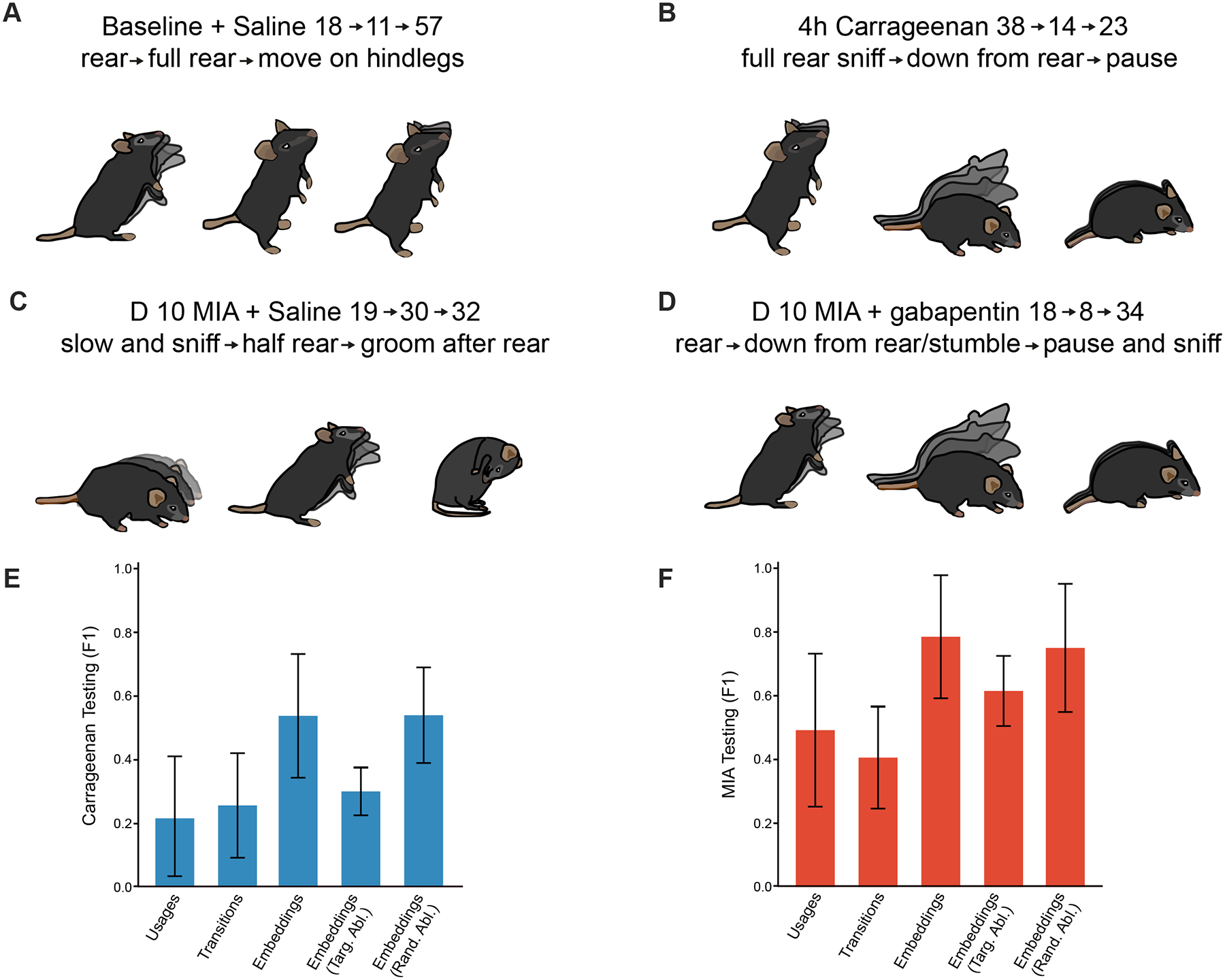Figure 5. Higher order behavioral sequences predict pain and analgesic states in rodents.

(A-D) Example of module sequences most representative of spontaneous behavior at baseline (A), 4-hours following carrageenan paw injection (B), and 10-days post MIA knee injection and saline (C) or gabapentin (D) intraperitoneal injection, as identified by learned embeddings method. A standard co-location algorithm was first used to detect 2-long module sequences according to whether the 2-long sequence (e.g. A>B) appeared significantly more than each of its constituents (i.e. A or B). Wherever a significant 2-long sequence was detected, we replaced it by a new agglomerated syllable representing the co-location. We then recursed on this procedure to find 3- and 4-long sequences, at each iteration checking for the significance of agglomerated sequences by comparing their frequency to those of each of the sequence’s constituents. (E) Bar plot showing the relative performances of the different representations along with the performance of targeted (Targ. Abl.) vs random ablations (Rand. Abl.) for carrageenan dataset. (F) Bar plot showing the relative performances of the different representations along with the performance of targeted (Targ. Abl.) vs random ablations (Rand. Abl.) for MIA dataset. Baseline+saline (bsl+sal) n= 10 animals, baseline+meloxicam (bsl+mel) n= 10 animals, baseline+gabapentin (bsl+gbp) n= 10 animals, 4h post-carrageenan n= 20 animals, 24h post-carrageenan+saline (24h+sal) n= 10 animals, 24h post-carrageenan+meloxicam (24h+mel) n= 10 animals, D3 post-MIA n= 20 animals, D10 post-MIA+saline (D10+sal) n= 10 animals, D10 post-MIA+gabapentin (D10+gbp) n= 10 animals, Statistical analysis: corrected bootstrap t-test.
